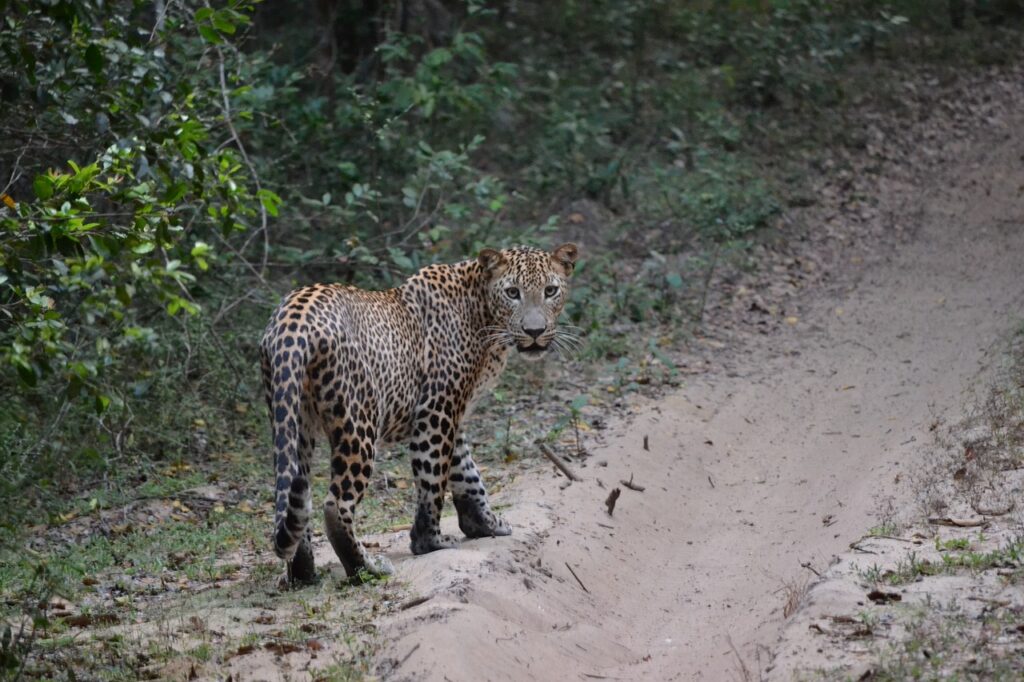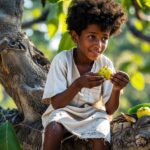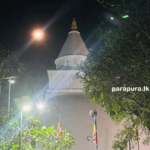The decline of Sri Lanka’s indigenous knowledge systems, particularly in the realm of animal and plant classification, is a critical yet often overlooked consequence of colonial influence. By the time the Gampola era had ended, most ancient classification texts had been lost. This erasure resulted in a significant gap in understanding the biodiversity of the region and led to misinterpretations in modern classifications.
The Impact of Colonialism on Indigenous Taxonomy
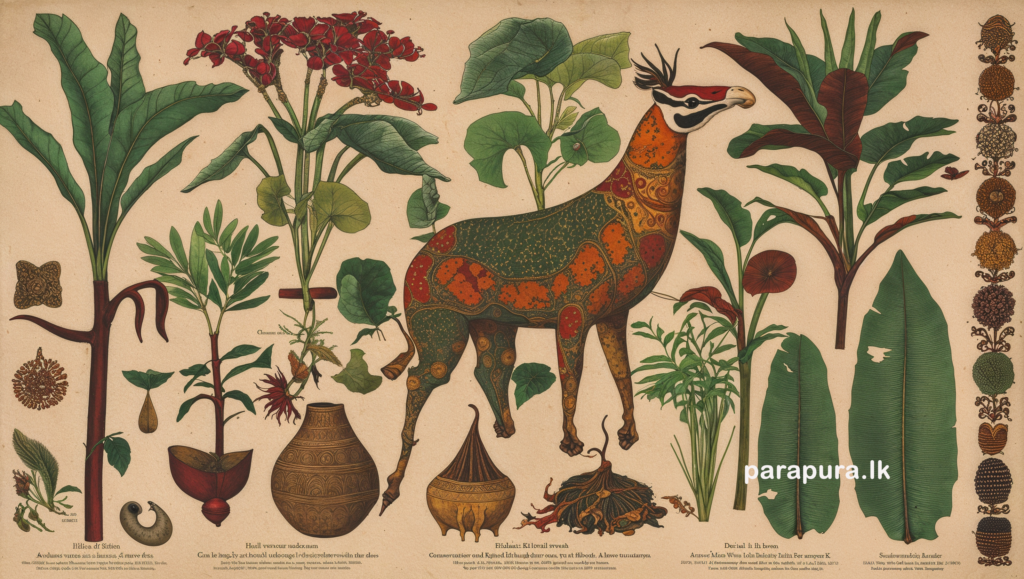
The reconstruction of the Hela language following the colonial era led to the unintended consequence of misnaming various animal species. Many terms that were once used to describe distinct subspecies within the same biological family became synonyms. This misclassification, compounded by the extinction of many species indigenous to the “Land of the Sinhalese,” has resulted in a fragmented understanding of the island’s original fauna. Notable lost species include the Nittewa, Kanpotta, Kobei Nagaya, Henakandaya, and Rahu Walaha, among thousands of other subspecies that once thrived in the region.
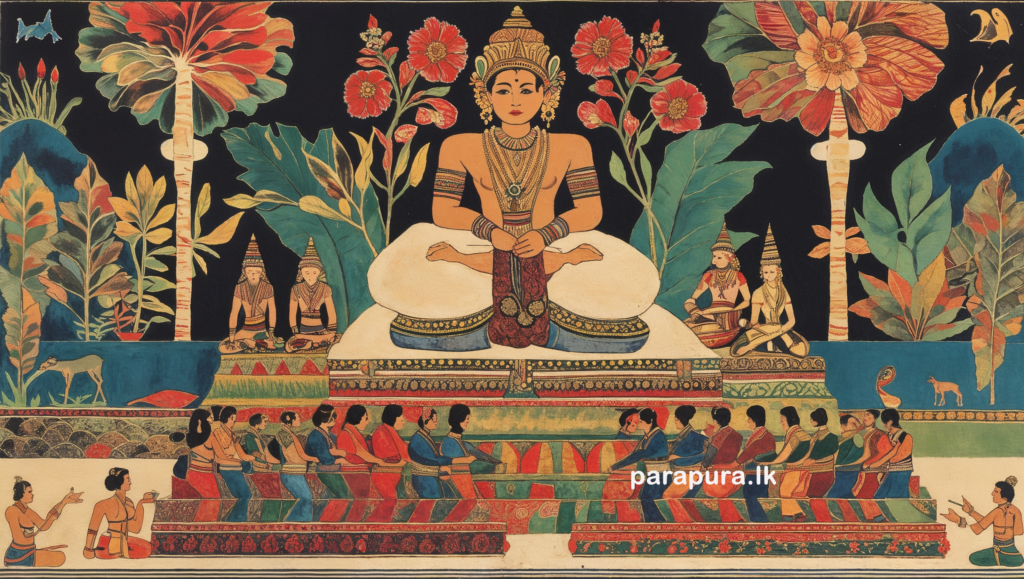
One striking example of misclassification is the Henakandaya. Historically, this term referred to anaconda. However, with anaconda’s extinction from Sri Lanka, contemporary speakers use the same term to describe a much smaller and entirely different reptile. The absence of historical classification knowledge has resulted in such misinterpretations becoming the norm.
The Westernization of Plant Taxonomy
Similarly, the classification of flora in Sri Lanka has suffered from the dominance of Western botanical taxonomies. Botanists and even alternative environmentalists have disregarded ancient indigenous classification systems in favor of Western methodologies. Despite efforts to raise awareness through personal outreach and online communication, these concerns have largely been ignored by the academic and scientific communities.
A prominent example of this disconnect is the classification of the Srimahabodhi tree. According to Western botanical classification, it is identified as Ficus religiosa and considered a species native to India. However, within ancient Hela taxonomy, it is regarded as an endemic subspecies unique to Sri Lanka. The unquestioned acceptance of Western taxonomies without critical analysis has resulted in historical inaccuracies and a loss of local botanical knowledge.
The Philosophical Perspective: The Loss of Vinaya
The decline in indigenous classification is not merely a scientific concern but also a philosophical one. The absence of vinaya—a concept encompassing respect for knowledge, mindfulness, gratitude, and truth-seeking—has allowed historical misrepresentations to be accepted as fact. In this context, vinaya is not limited to monastic discipline but extends to intellectual integrity and scholarly diligence.
A concerning example of this issue arises in discussions regarding the classification of nagas (serpent deities or species in Sri Lankan mythology). In Western scientific classification, there is no concept of high or low nobility among species. However, in Sri Lankan tradition, nagas were distinguished based on behavioral characteristics and external appearances. The rejection of such indigenous classifications in favor of rigid Western frameworks illustrates the broader pattern of intellectual colonization.
The Consequences of Lost Knowledge
The ramifications of this intellectual shift are vast. Many animal subspecies that were once well-documented in Sri Lanka have now faded into obscurity. For instance, Sri Lanka was home to ten subspecies of pigs, including three wild boars and seven rural hogs. Similarly, the island had twelve species of elephants and a unique lion species endemic to the semi-arid regions of Hambantota and Jaffna, which never migrated to the central parts of the country. Among extinct avian species, one type of swan was historically found exclusively in Malwathu Oya. However, today, instead of swans, the river is littered with discarded beer cans and plastic waste—a grim testament to the environmental and cultural degradation that has accompanied historical amnesia.
Furthermore, historical texts indicate that Sri Lanka was once home to its own breed of horses. An ancient king of Sabaragamuwa is said to have authored a comprehensive book on horses, providing insight into their breeding, training, and care. Such historical records, if rediscovered and studied, could enrich modern understanding of Sri Lanka’s lost biodiversity and indigenous knowledge systems.
The loss of Sri Lanka’s ancient classification systems is a multifaceted issue stemming from colonial disruptions, modern scientific rigidity, and a general decline in respect for indigenous knowledge. As modern classifications continue to override traditional ones, an entire heritage of ecological wisdom is at risk of being erased. Addressing this issue requires a reevaluation of existing taxonomies and a renewed commitment to integrating traditional knowledge with modern scientific frameworks. Without such efforts, Sri Lanka’s historical and ecological heritage will continue to fade into obscurity, leaving future generations with an incomplete and distorted understanding of their own natural history.
